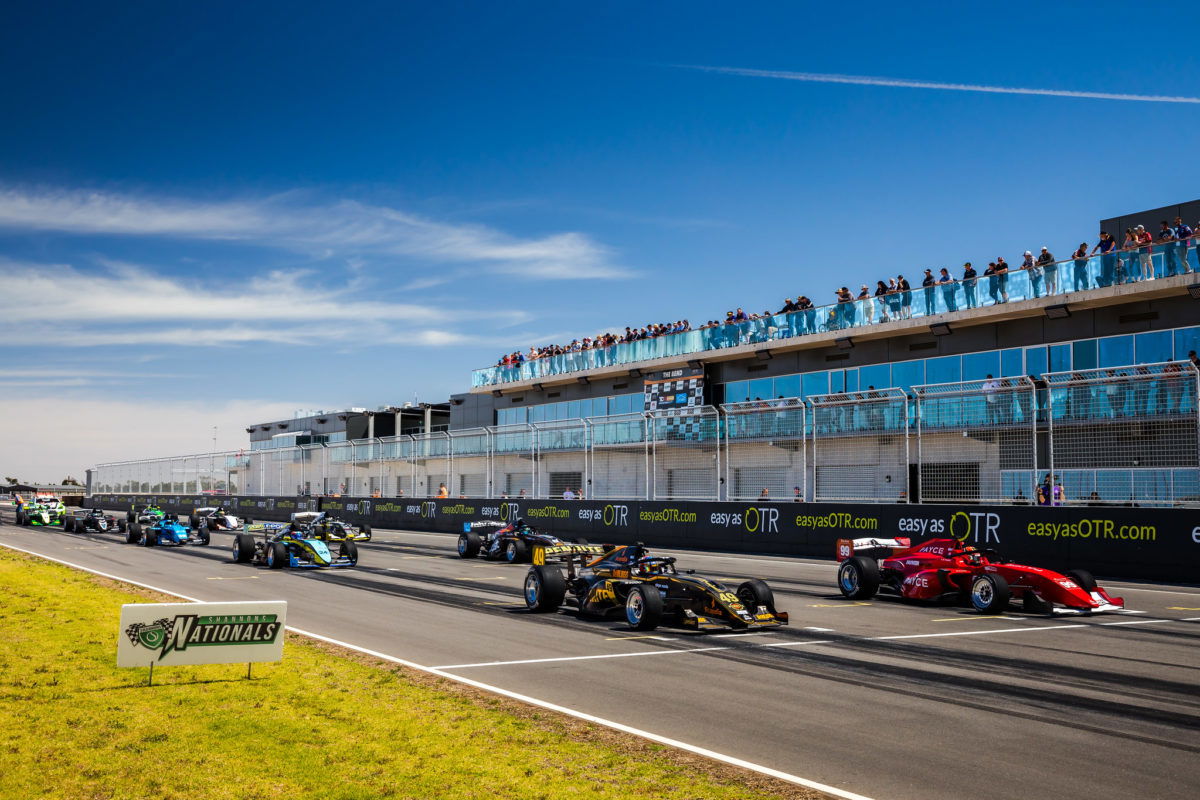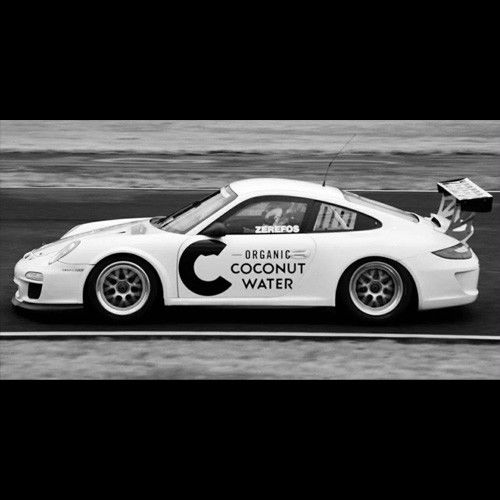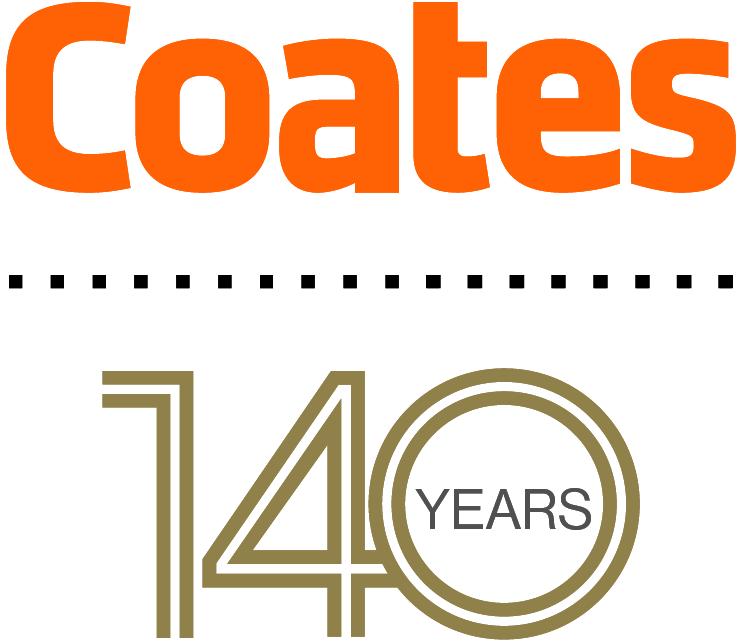

Organisers behind the S5000 series are working through a review of the category’s opening two race weekends ahead of its maiden season of competition next year.
Two ‘demonstration’ events were held at Sandown and The Bend offering an introduction for teams, drivers, and spectators to the new open wheel series.
Lessons from those events are now being rolled back into the category’s thinking as it looks to finalise race and qualifying formats, along with the overall product, for 2020.
“We’re using these couple of races to assess a couple of things, a couple of little things on the car as well that we’re just tweaking,” category manager Chris Lambden told Speedcafe.com.
“What is it, four, five months to the Grand Prix? We’ll be getting together with all the teams in the next couple of weeks just to get their feedback and any other little tweaks that we need to make.”
The qualifying format was simplified after a complicated process in Sandown left teams and spectators uncertain on how the grid would look.
At The Bend, the two qualifying heats were based on the traditional qualifying session held earlier in the weekend, with a partial reverse grid for the second race.
Points across the two races then determined the starting order for the actual race.
According to Lambden, it’s that format will likely be used going forward.
“I was quite fond of that system we had at Sandown because it involved a little bit of strategic thinking, but it’s probably fair to say that some of the teams aren’t as much into strategic thinking as I thought,” he explained
“And so, we’ve just simplified it slightly so that the qualifying race to grid is purely the race one grid with the top 75 percent reverse. That’s what I think we’ll be going with next year.”
Part of the review will also look at the cars themselves, ranging from tyres to downforce levels.
Teams are currently allowed two sets of tyres for a race weekend, though proved durable enough that a single set would last.
Though that’s unlikely to change, it is a point that will be raised with teams.
There has also been mixed feedback from drivers as to what, if anything, can be done to allow the cars to run closer together.
While not producing excessive downforce levels, the nature of a wings and slicks machine means they are aerodynamically sensitive.
“It’s obviously a really big rear tyre and a quite an effective rear wing, so there’s a lot of dirty air going at the back of the car,” Randle told Speedcafe.com.
“They’re quite an understeery car by nature without having that dirty air. It kind of just ramps up when you’re behind someone.
“I don’t know whether maybe they need to make a front wing that can adapt better for the aerowash, that involves more design, more money, more time, more people.
“Everything else seems pretty good. For two demonstration rounds, I think it’s been pretty successful.”
Randle’s opinion isn’t universal among drivers, with James Golding suggesting following another car is easy enough.
“I think they’ve got a reasonable balance now,” Golding told Speedcafe.com.
“I didn’t find following too bad, to be honest. Some of the cars that ran a bit more rear wing was obviously a little bit worse, but I think relative to other categories, I reckon it’s probably, definitely one of the best for following.”
The 2020 S5000 series kicks off in support of the Formula 1 Australian Grand Prix in March, with a field of 20 cars expected.
Teams are already working to lock in drivers, with BRM set to host an evaluation day at The Bend next month.




















Discussion about this post